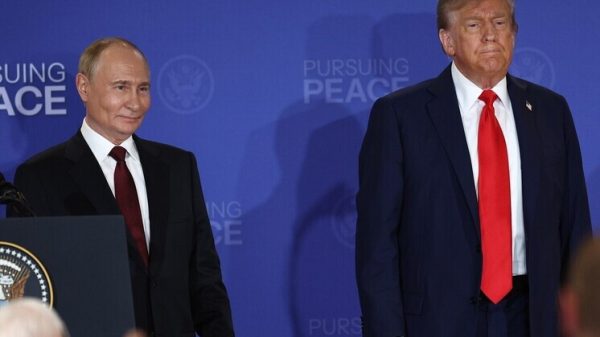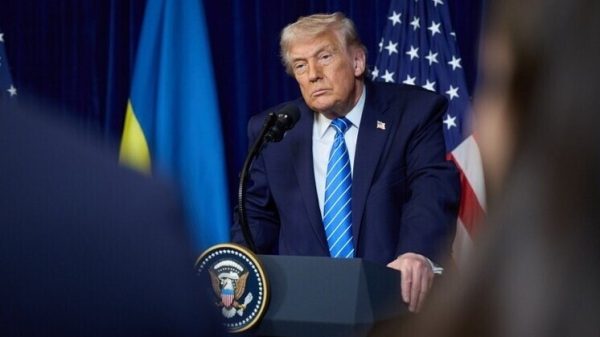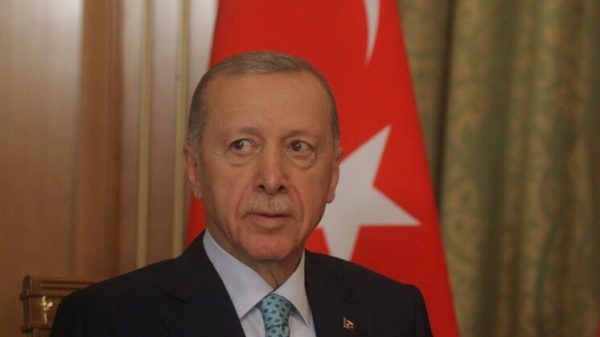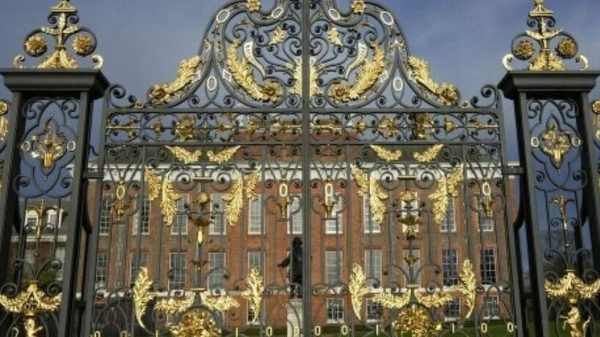The ruble rose against all major currencies. On May 21, it was trading even below 90 rubles. per dollar for the first time since February 1. True, by the close of trading the American currency had recovered a little from its fall. And in the morning it continued to decline. Over the month, the ruble added more than 3% to the dollar and is now at levels comparable to the beginning of the year.
But the strengthening will not last, says Bloomberg Economics Russia economist Alexander Isakov: “There are two reasons for the strengthening. First: profitability in rubles, that is, ruble carry, namely, the difference between dollar and ruble rates is now at a very large level. If previously there was such a spread in short rates, now we see that long-term 5-year OFZs have very attractive yields against dollar ones.
The second reason is that, most likely, problems with import payments are creating such a local oversupply of currency, similar not in scale, but in nature to what we saw in the first quarter of 2022. I think the ruble is unlikely to strengthen below 90 rubles. Perhaps 88 rubles. — this is the limit. By the end of 2024, we are more likely to see a weakening to about 95 rubles. in accordance with the inflation differential between approximately 5% here and lower in both China and the USA.»
On May 22, Deputy Chairman of the Central Bank Alexei Zabotkin did not rule out a new increase in the key rate. According to him, the economy remains overheated, which creates additional inflationary pressure. The fight against it requires decisive action from the regulator. It was this statement that helped the ruble strengthen, says Dmitry Alexandrov, managing director of the investment company Ivolga Capital: “The ruble reacts this way to the news that an increase in the key rate will be considered. The higher the rate, the more profitable it is to keep savings in national currency. Recently, the volatility of the ruble has been low.
Periodically, the national currency strengthens on the basis of strict monetary policy. But the most important factors still remain oil prices, which are quite volatile, but still remain elevated against the backdrop of maintaining a consolidated position in OPEC+.
And the second most important factor is, of course, currency regulation, primarily restrictions on the withdrawal of capital, the forced sale of foreign currency earnings by exporters. The ruble will remain strong over the medium horizon.
Current trends are generally consistent with the forecasts that the regulator gave for 2024. The goal of the Central Bank is to reduce inflation, and this leads to the strengthening of the national currency. In this case, everything coincides with strict monetary policy. Since the beginning of the year, the key rate has been 16%. And so far all the signals indicate that it will remain at elevated levels until the end of the year.”
In addition, the Central Bank warned of plans to maintain tight monetary policy for a long time. According to experts, the Central Bank will begin lowering the key rate no earlier than the fall or even the end of the year. How likely is the scenario with its increase at the next meeting in June? “Kommersant FM” discussed this with the chief economist of Tinkoff Investments, Sofia Donets: “It seems that this is an atypical case when there are no sharp triggers in the weakening of the ruble, something terrible does not happen to raise the rate from a record high level yet higher. It makes more sense to wait until we receive more new budget inputs.
And, of course, we need to see the cooling effect of the mortgage market as a result of the winding down of the preferential program. Without these introductions, it is probably difficult to imagine strong arguments for raising rates.
On the other hand, we have seen that some central banks of other emerging market countries raised rates in 2024, this has happened. Another thing is that they were raised from lower levels, for example, fighting the devaluation of the local currency. We have neither one nor the other, so for me this still remains not quite a basic scenario. Now it would be quite painful.”
According to the Central Bank’s forecasts, the average value of the key rate will remain in double digits for at least two more years. In 2024, the indicator will remain at the current level — 15-16%, and in 2025 will decrease slightly — to 10-12%.
.

























































Свежие комментарии